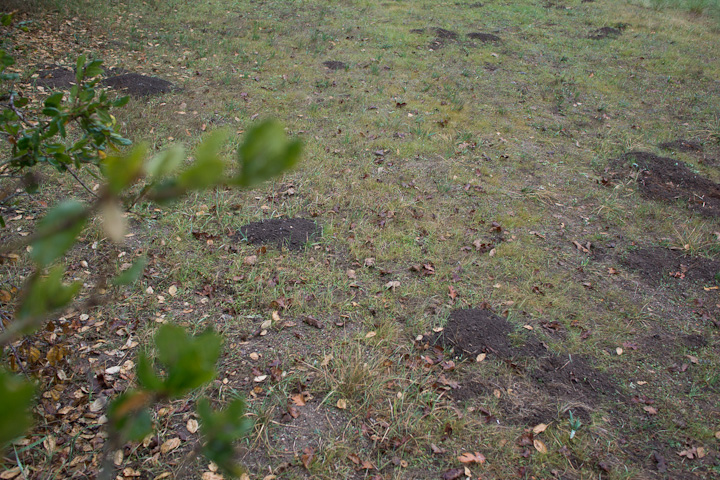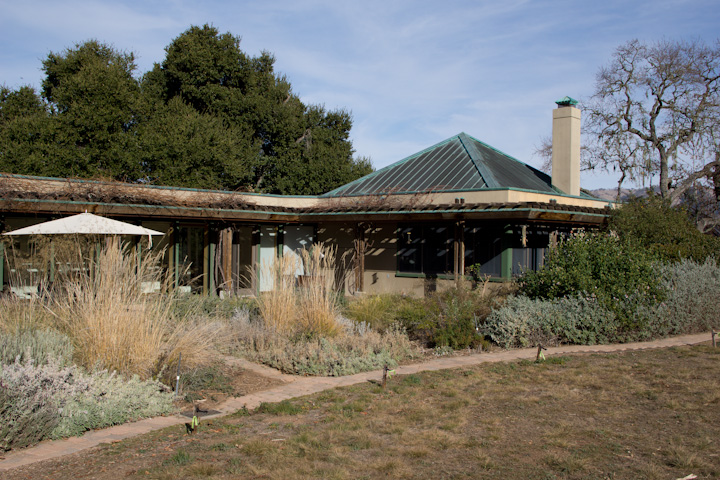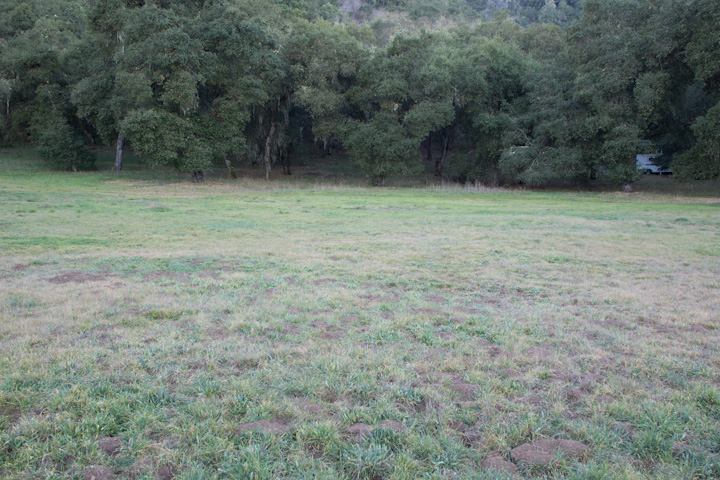I’ve read a few complaints about the NEX-7’s autofocus performance when used with the Sony/Zeiss 24 mm f/1.8 lens. I don’t think it is that the NEX-7’s autofocus is deficient compared to similar cameras; I think the problem is that the camera body and the lens are both capable of such a high level of… [Read More]
NEX-7 — Zeiss 24mm f/1.8 performance
The Zeiss 24mm E-mount lens acquitted itself excellently with a low-contrast subject. Let’s see how it does with a normal tone range. Here’s the overall image, made, like all the images in this post, at the lens’s best aperture of f/5.6 and ISO 100: The center, at two-pixel-for-one magnification, is commendably crisp: The upper left… [Read More]
NEX-7 — three 24mm lenses compared
In this and the next few posts I will give you an informal analysis of the performance of the Sony Zeiss 24 mm f/1.8 E-series lens. I will be comparing it to two other 24 mm lenses: the Leica 24 mm f/2.8 Elmarit ASPH, and the Leica 24 mm f/3.8 Elmar ASPH. I thought about… [Read More]
NEX-7 — Sony/Zeiss 24mm corner errors
I got my hands on the Sony/Zeiss 24 mm f/1.8 (Official name: Sony Carl Zeiss E 24mm F1.8 ZA). It is a measure of how freaked out I am about the purple corners on the NEX-7 that the first thing I did was test for the effect. The results are good: Avg error WC error… [Read More]
NEX-7 — measuring how corner color errors vary with aperture
For the 35mm f/2 M-mount Zeiss Biogon, the aperture-dependence of the corner color errors ceases at apertures smaller (numerically larger) than f/5.6. The average and worst case chromaticity errors by f-stop, measured in CIELab Delta-E: Avg error WC error f/2 5.2 5.8 f/2.8 4.5 5.0 f/4 3.8 5.0 f/5.6 2.8 3.6 f/8 2.8 3.6 f/11… [Read More]
- « Previous Page
- 1
- …
- 513
- 514
- 515
- 516
- 517
- …
- 577
- Next Page »


